Customer Understanding – Putting the customer first
Customer obsession has become the defining mantra for businesses in our time. Companies ranging from Amazon to Netflix have built organizational cultures around customer centricity. Placing the customer at the heart of products and services is no more just hyperbole. It’s the key to competitive advantage. Customer centricity begins with understanding your customer.
Ask yourself: How well do you know you customers? How well can you anticipate their needs and wants?
The average customer today is a much more complex entity that even a decade ago. Businesses were once content with reducing their customers to static objects defined by their demographic attributes. Such an approach today is laughably simplistic. The advent of methodologies such as human-centered approach to design have led to a fundamental shift in how companies view their customers. The customer is no longer merely a faceless member of a demographic group but an individual with a unique set of beliefs, drivers and motivators.
Understand your customers and representing those as individuals visually is crucial to the product development process. Bringing the customer to life with the help of a visual framework ensures everyone on the team has a common understanding of the customer’s needs and behaviours.
The three templates outlined below help you get a better understanding of your customer, generate actionable insights and ensure alignment within the team.
- Customer Empathy Map
- User Persona
- Customer Journey Map
Customer Empathy Map – Lead with empathy
Empathy is a buzzword that is thrown around a lot today. Many companies tout the values of designing with empathy without actually understanding what it means or truly practicing any of its principles. Empathy in product development essentially boils down to looking at the world through the customer’s eyes to identify not just their needs and pain points but also their deeper, emotional drivers.
Empathy is key to building products that ‘stick’ and for brands to achieve a deeper, emotional connection with the target audience. Our first template is the Customer Empathy Map. It enables you to create an avatar of your customer that encapsulates his or her needs, wants and desires in 6 six easy steps. Use this template and take the guesswork out of customer understanding.

User Persona – Customers are people too!
We have already spoken about how traditional demographic segmentation falls short when it comes to creating a fleshed-out picture of the ideal customer. When the focus shifts from static demographic data to behaviours and motivations, it is far easier to identify patterns and generate insights.
One way of accomplishing this is the creation of a Customer Persona. A customer persona is a semi-fictional representation of your ideal customer. Mapping customer research into a User Persona Template helps you understand how your customers perceive the world and make decisions. As you fill out this template you can easily visualize unexpected patterns emerge. Use this nifty template to build products not just for undifferentiated demographics but for real people.
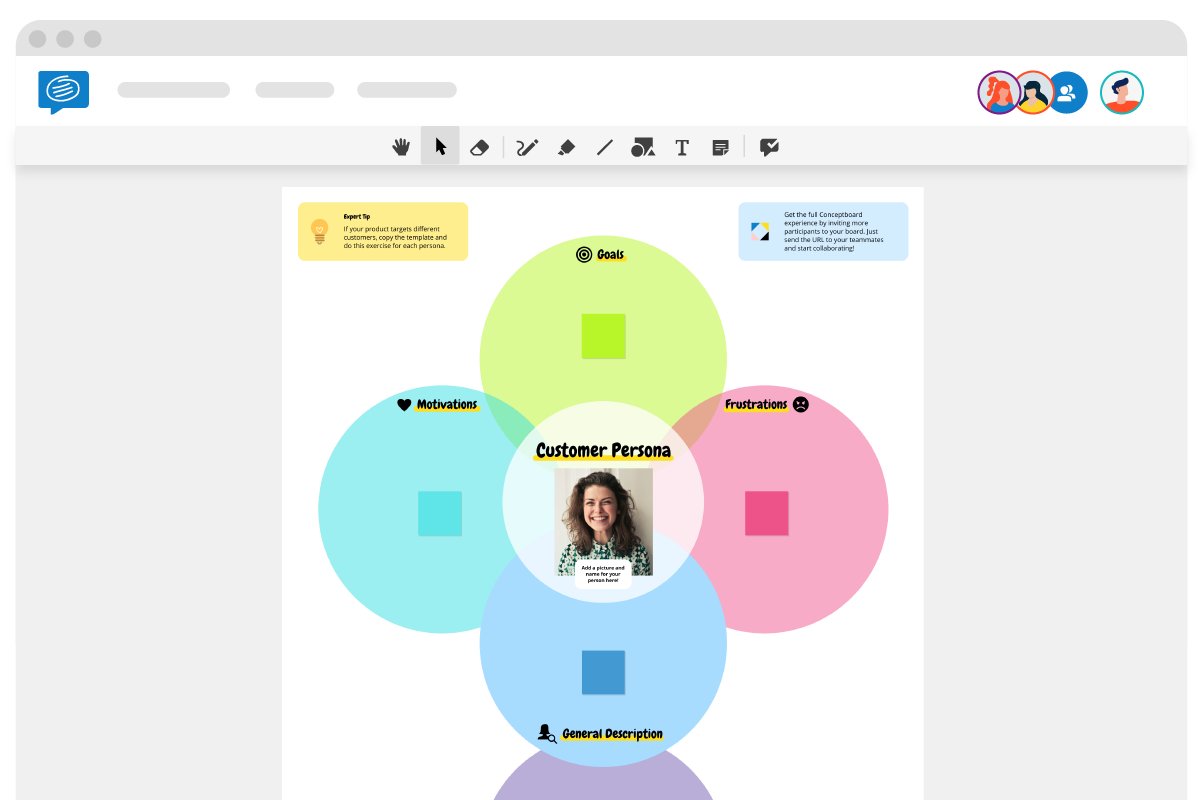
Customer Journey Map – Understanding your customers touchpoints
Customer success is a journey and not a destination. Today’s customers engage with brands across an array of touchpoints that spans awareness, purchase and finally advocacy. While some of these touchpoints are obvious, some may be hard to pin down. For instance, for online businesses, a thoughtful post purchase follow-up email is a really useful but often overlooked tool to drive loyalty.
A Customer Journey Map is one of the best ways to visually lay out how the customer interacts with the company and understand their needs and pain points. Each of these interactions is an opportunity for the brand to delight the customer, deliver a superlative experience and forge a long-term connection.
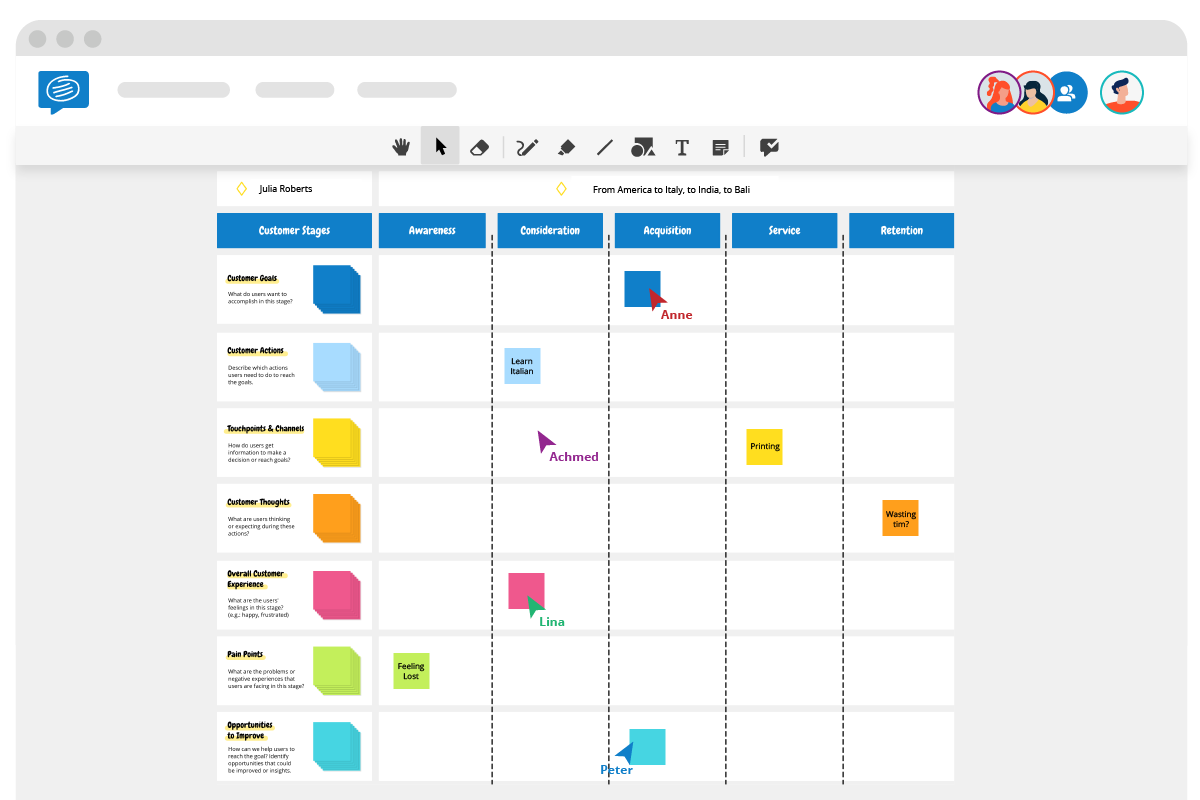
This is a great tool not just for product development but also for functions as diverse as UX and Customer Care to better understand their role in the overall customer experience. With these methods you will definitely understand your customer in a better way!
In addition to great templates such as these, Conceptboard offers functionalities such as online whiteboarding, realtime collaboration as well as asynchronous project management. Try it for free today and collaborate visually with your team regardless of timezone and location.

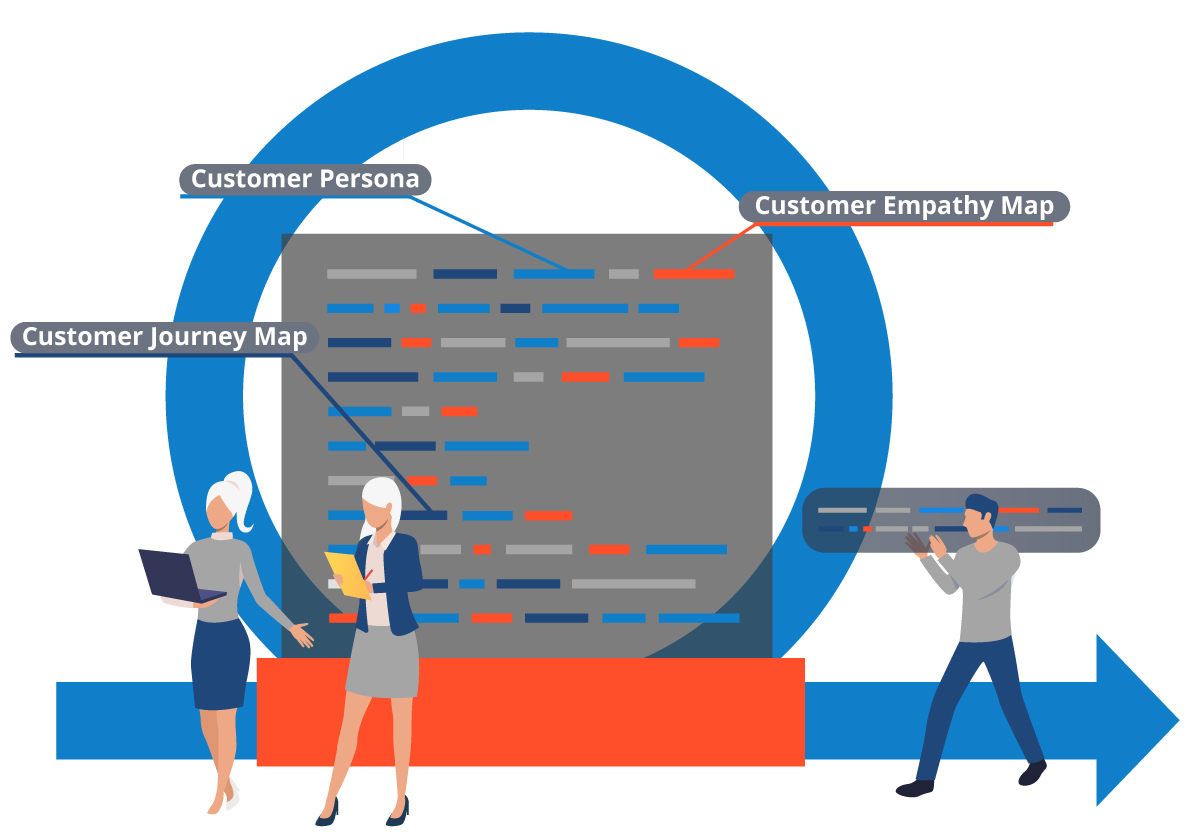
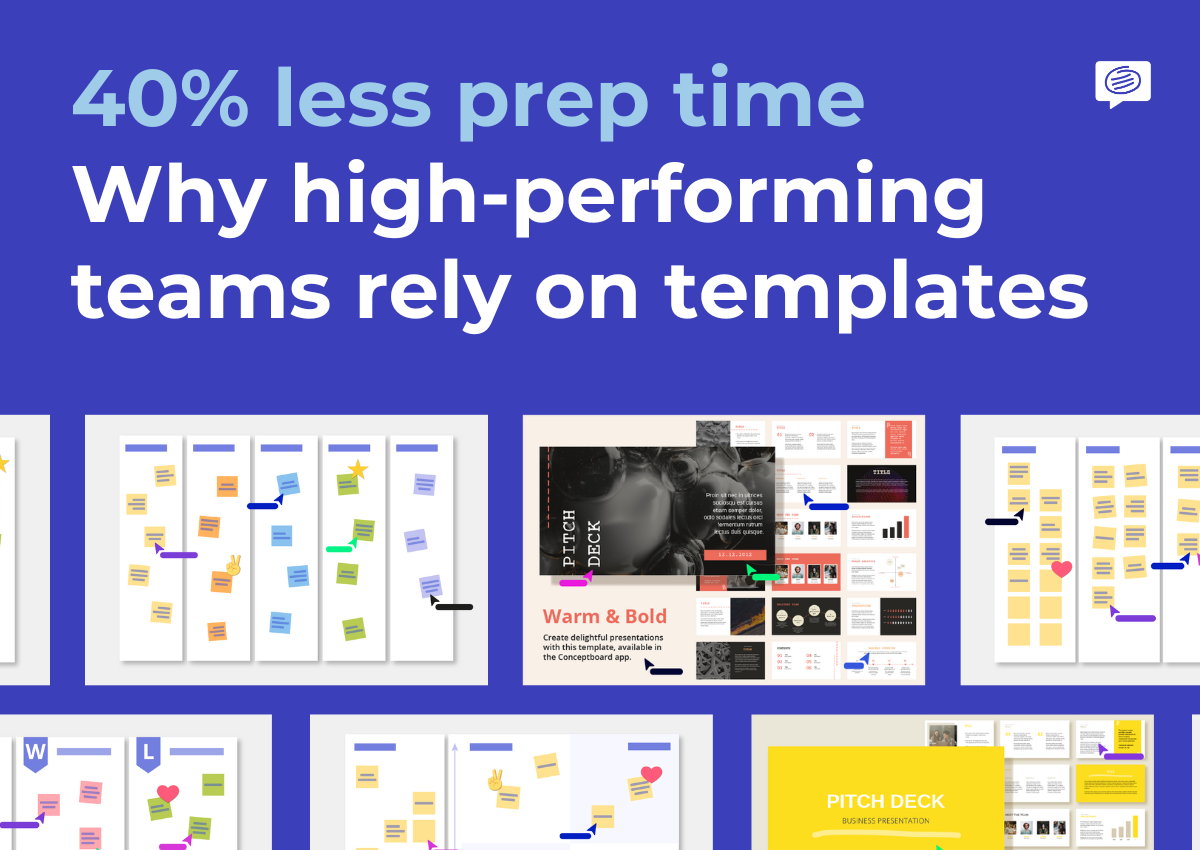
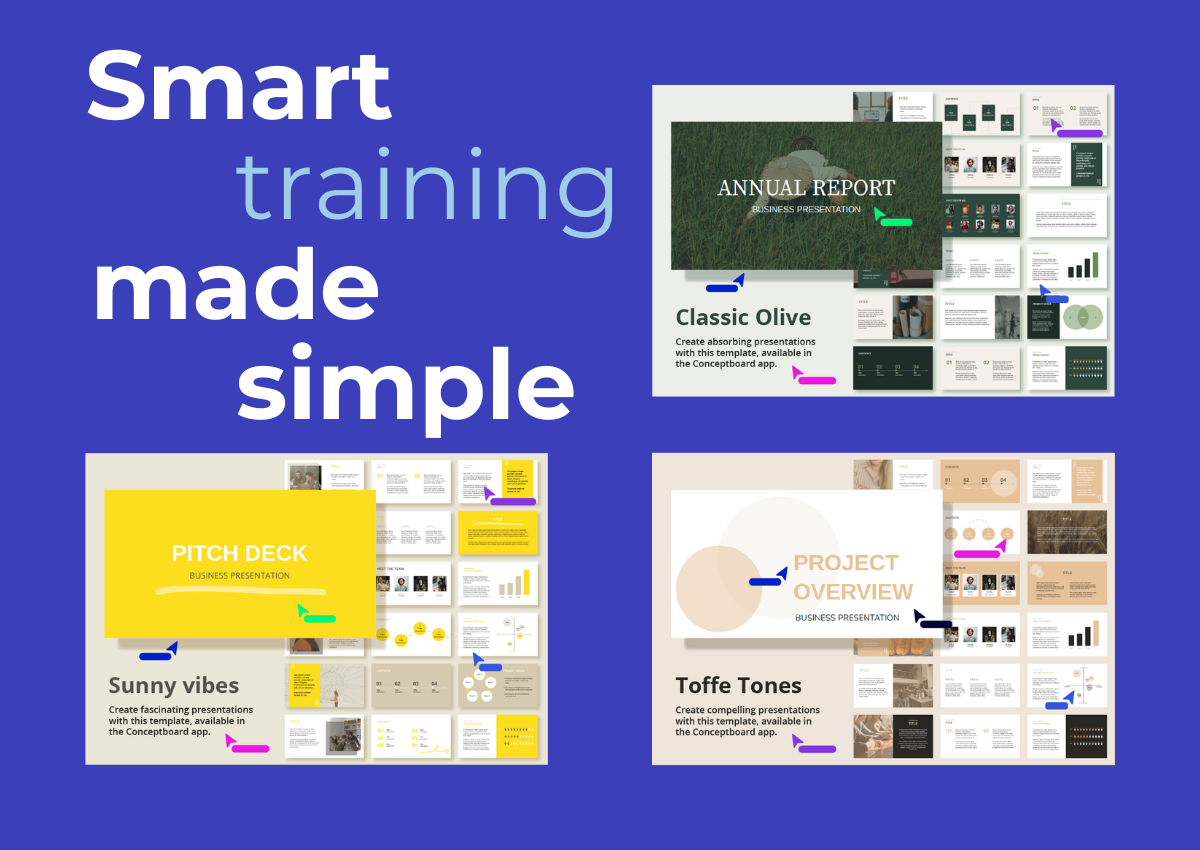
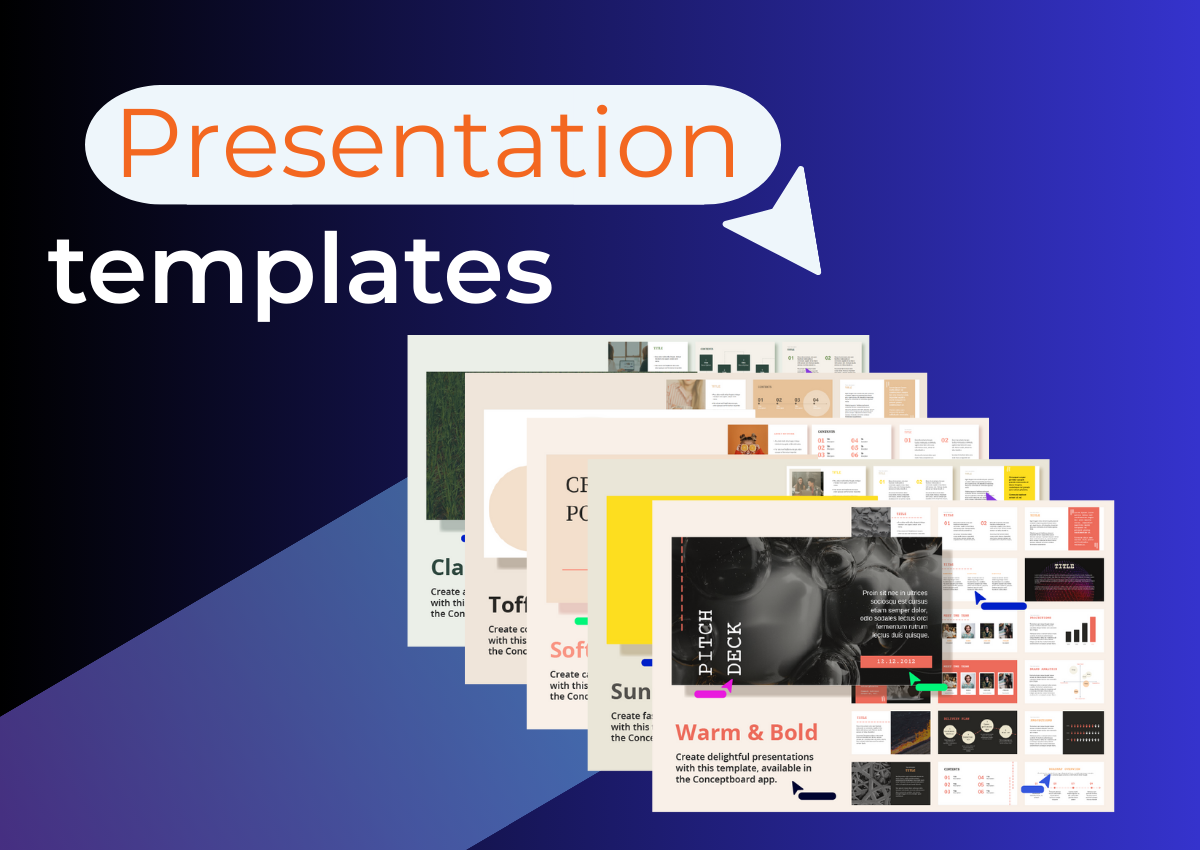
1 Comment. Leave new
Is it possible to create my own template?
or can i modify an existing template